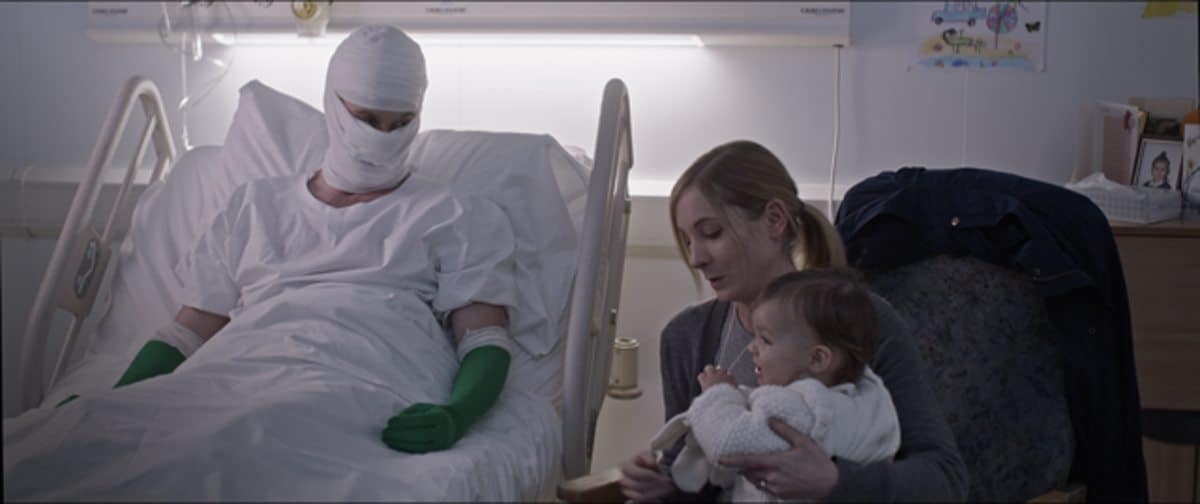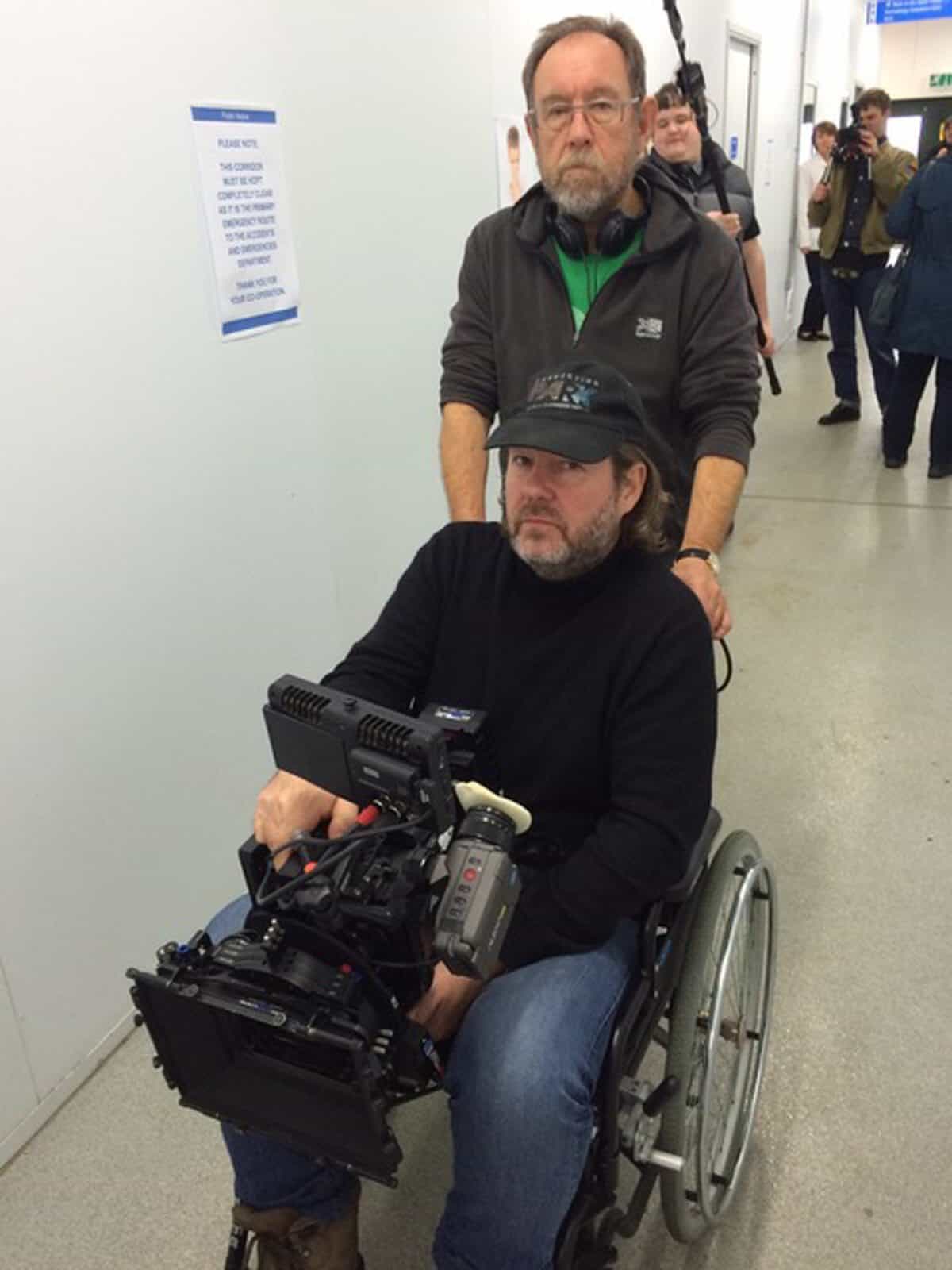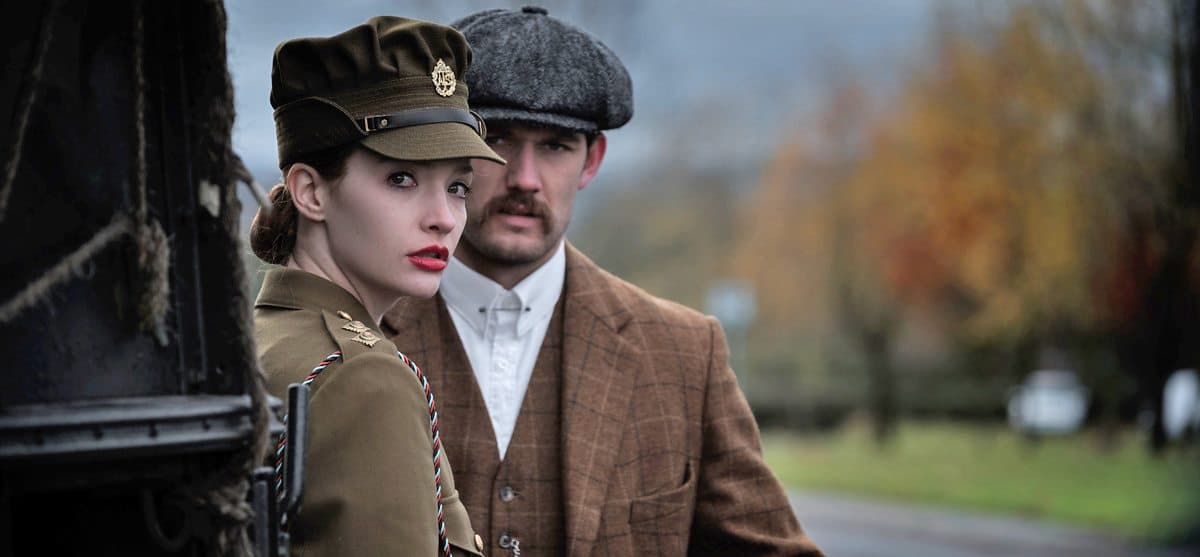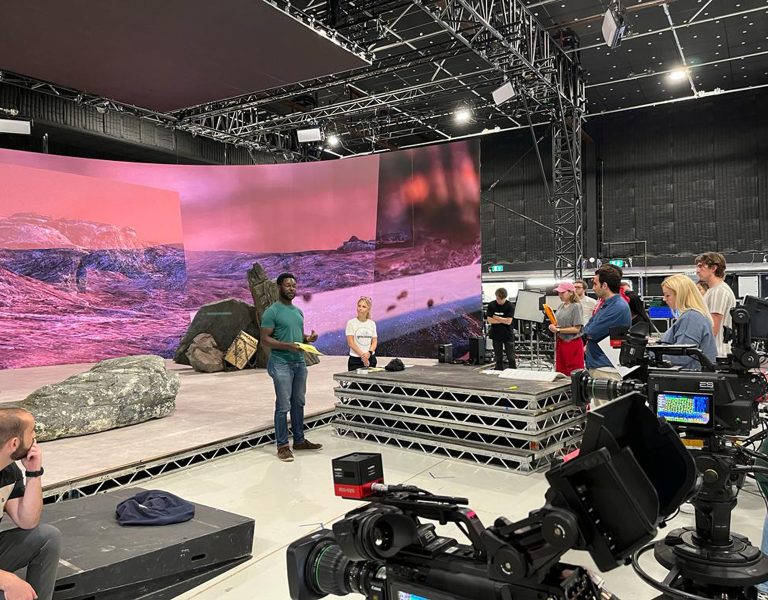
Starfish, written and directed by Bill Clark, is a low-budget British film released towards the end of 2016. It tells the story of a married couple whose love is tested to its limits when husband and father Tom is struck down with sepsis shortly before the birth of their second child. He survives, but loses his hands, lower legs and part of his face. Life for Tom (Tom Riley), his wife Nicola (Joanne Froggatt) and their children becomes an unimaginable struggle. The production was lensed by cinematographer Clive Norman GBCT, who wrote in with details about his work.
“Starfish was a challenge from the word go. There was only a small window of time where both main artistes were available – just 25 days. But I had heard that Dallas Buyers Club (2013, DP Yves Bélanger) was shot in 28 days, so I knew it could be done. There was going to be very little time for fancy lighting. I would have to use natural light most of the time and tickle a bit of my own light in here and there.
Firstly, I worked closely with David Bryan, the production designer. We planned to have plenty of suitable practical lighting for the interior sets, so these were virtually pre-lit, enabling me to use very little additional lighting. It also gave us full flexibility on-camera to shoot 360 degrees, without having to waste any time relighting.
The photography was done in an observational style. Some scenes were so powerful you just had to let it all unfold in front of the camera and flow gently with it. I found it emotional working with Tom Ray and Nicola themselves, plus the main cast all on-set at the same time. It’s a true story and it wasn’t a nice place to be at times, reliving Tom and Nicola’s trauma. There they were, right in front of me helping to make some of the scenes possible, like the climbing of the stairs sequence. It must have also been difficult for our lead actors too, but we all dived in and got the scene shot.

I come from a VFX background having worked in a special VFX studio in Soho and running an Aerial Image Optical department. When VFX was required, Bill and I kept it as simple as possible. We always worked out the best approach on set for achieving the VFX without encumbering the performances of the actors. We shot multiple in-camera passes so the post production team could remove Tom Riley’s arms and legs seamlessly.
As we needed lenses that would work in very low light, I shot with Canon K35 Ultra speed lenses and the ARRI Alexa Mini. It was an amazing combination –light, flexible and very fast to use and set-up. Internal camera NDs saved us hours on-camera.
I found shooting at 2.39:1 aspect ratio in our small interior locations a serious challenge. It was difficult to get a pleasing balanced framing, especially if someone was sitting at the table and someone was standing up. But working with a very easy-going director like Bill, these problems were very quickly discussed and overcome. He was very helpful: “Right, in this scene you are all standing up. In the next scene, you are all sitting down”.
We could have shot in a studio and done wall removals to get that perfect camera angle, but the film simply wouldn’t have been shot in the time. A full-length feature, shot in just 25 days, with only two lenses and just two lights was exceptional. Thanks to the cast, crew and especially my team. We made it!”




















